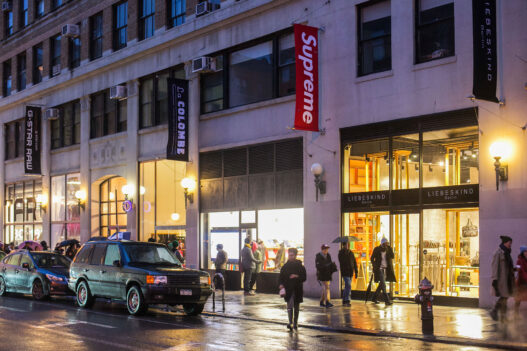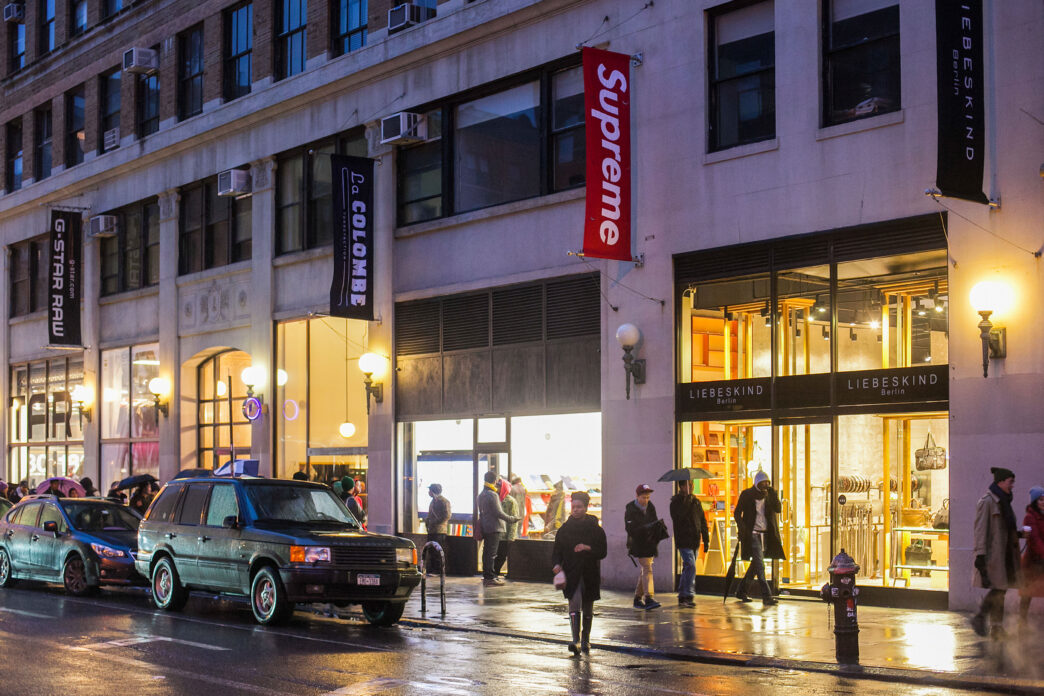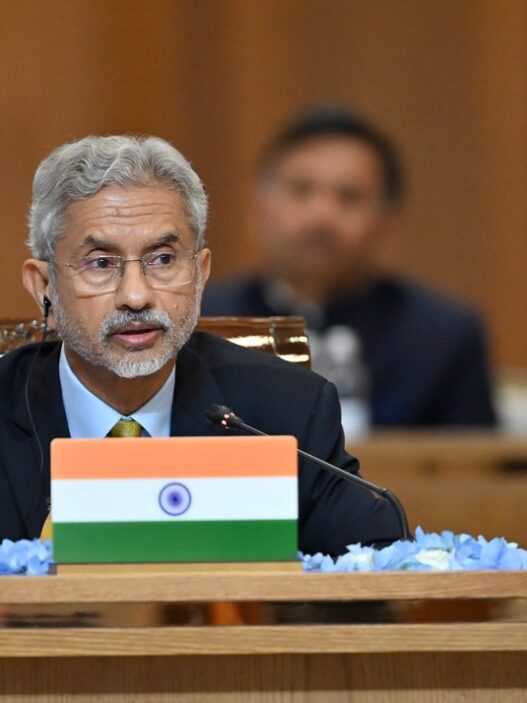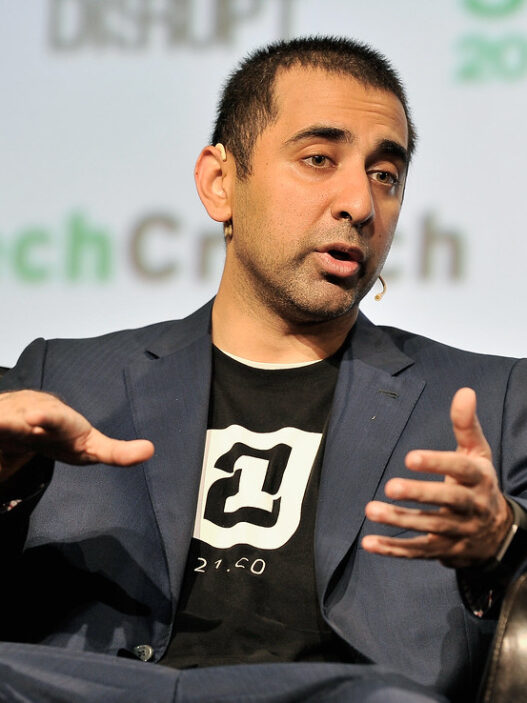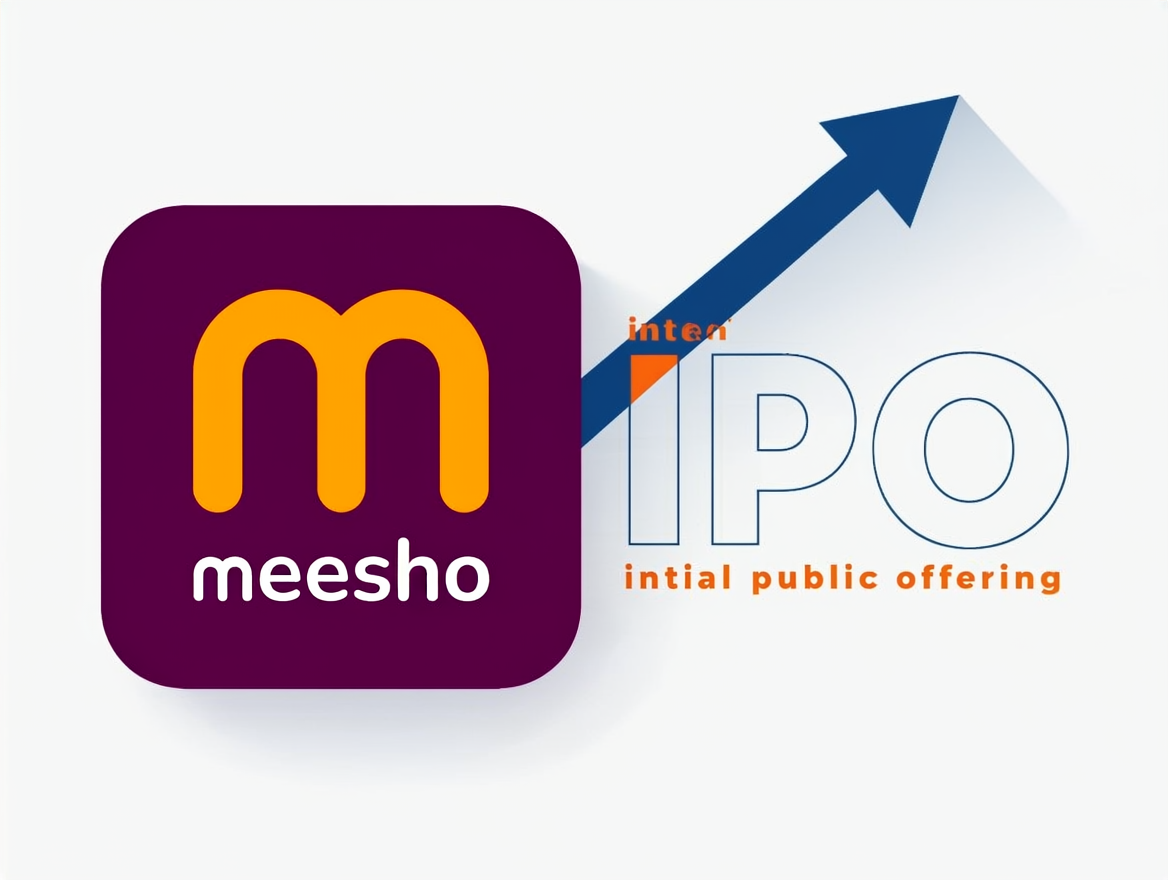Imagine paying ₹48,000 ($575) for a plain white T-shirt with a small red logo. Sounds wild? That’s the kind of frenzy Supreme creates. Its iconic Box Logo Tee, which retails for around $38–$60 (₹3,000–₹5,000), often sells out within seconds and resells for 10× or more on the secondary market. Prices frequently spike to $500–$1,500 (₹42,000–₹1.25 lakh), especially for rare collaborations or limited drops.
To put it into perspective:
That’s more than a brand-new iPhone SE (₹49,900).
It’s nearly the cost of an entire wardrobe at H&M or Uniqlo.
For sneakerheads, it’s what you’d pay for a pair of Yeezy Boosts or limited-edition Jordans—except this is just a T-shirt.
This begs the question: Why would anyone pay such a hefty premium for something so simple?
The answer lies in scarcity, cultural cachet, and strategic hype, all rooted in a smartly orchestrated brand strategy that’s turned a small NYC skate shop into a global luxury-streetwear icon.Imagine paying ₹48,000 ($575) for a plain white T-shirt with a small red logo. That’s what Supreme fans regularly spend on rare items like the Box Logo Tee, which retails for around $60 (₹5,000) but often resells for 10–30 times more on the secondary market. This level of hype isn’t accidental—it’s the result of a meticulously crafted brand and supply strategy.
Here’s how Supreme made its products cultural icons with sky-high price tags.
1. Scarcity Drives Desire
Supreme pioneered the “drop model”—releasing limited quantities of clothing and accessories every Thursday. These products vanish in minutes, creating artificial scarcity and fueling a massive resale market.
This model taps into FOMO (fear of missing out) and keeps demand high, week after week.
2. A Cult Brand Born Underground
Supreme was founded in 1994 by James Jebbia, who opened the first store in Manhattan, New York. The brand was born from skate culture and soon became a staple of downtown street style.
Jebbia had previously worked with Shawn Stussy and drew inspiration from a blend of skateboarding, punk, hip-hop, and street art—all of which remain core to the brand’s identity.
3. Strategic Collaborations
Supreme has mastered cross-sector collaborations to amplify its appeal. Over the years, it has teamed up with:
- Luxury fashion houses: Louis Vuitton, Comme des Garçons
- Streetwear brands: Nike, Vans, The North Face
- Artists: KAWS, Takashi Murakami, Damien Hirst
- Even food brands: Supreme x Oreo cookies
These limited-edition drops generate hype and media coverage, drawing in fans from multiple interest groups.
4. Marketing by Mystique
Supreme spends virtually nothing on traditional advertising. The brand relies instead on:
- Word-of-mouth
- Social media buzz
- Hype from long queues outside stores
- Influencer and celebrity adoption
This anti-marketing strategy actually strengthens its exclusivity and desirability.

Founder: James Jebbia (Pic Above)
- British-American entrepreneur, born in London
- Started in retail at Parachute and Union NYC
- Partnered with Shawn Stussy before launching Supreme
- Founded Supreme in 1994
- Built it into a global icon with 17 stores worldwide
- Sold to VF Corporation in 2020; acquired by EssilorLuxottica in 2024
Company Strategy & Execution
A. Scarcity Through Weekly Drops
Every Thursday: new products, limited quantities, no restocks.
B. Credibility Through Collaborations
Co-branding with fashion, food, and art creates instant buzz.
C. Building Cultural Capital
Supreme is deeply embedded in skate, punk, and hip-hop culture. Its stores double as cultural landmarks.
D. Indirect Profits from the Resale Economy
Supreme doesn’t profit directly from resales, but the buzz and prestige of resale prices reinforce brand loyalty.
Brands That Emulate Supreme
Many brands have adopted Supreme’s drop-and-hype model:
- Palace
- A Bathing Ape (BAPE)
- Fear of God
- Gosha Rubchinskiy
Even major sneaker brands like Nike and Adidas now release products via limited “drops,” often followed by a surge in resale prices.
Summary Table
| Strategy Pillar | Supreme’s Approach |
|---|---|
| Scarcity | Weekly drops, no restocks, sells out within minutes |
| Collaborations | Limited-edition drops with luxury, streetwear, and art icons |
| Community | Deep roots in youth subcultures; stores as cultural hubs |
| Hype Marketing | Zero ad spend, word-of-mouth, exclusivity |
| Resale Economy | Products resold at 5–30× original price; fuels brand prestige |
Final Take
Supreme isn’t just a fashion brand—it’s a case study in branding, scarcity, and cultural relevance. Founder James Jebbia turned a niche skate store into a global phenomenon by combining underground credibility with savvy brand tactics.
Though many brands try to copy Supreme’s strategy, few manage to replicate the perfect storm of timing, taste, and tribalism that makes Supreme shirts so coveted—and so expensive.








